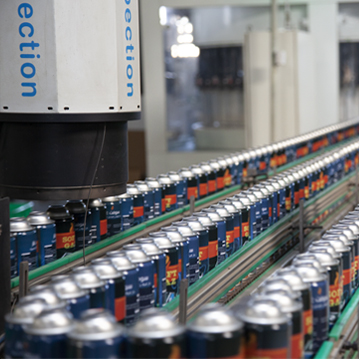
There are 2 basic Aerosol Tin Can Classifications. Necked-in, Straight Wall. The propellant in these cans are either classified as Liquefied Gas, or Compressed Gas. The cans are made up of either 2 pieces or 3 pieces.

Both Aerosol Straight-wall and Necked-in Cans are used in the personal care, household, paints, automotive, insecticide, and industrial product industries.
You will see the difference in Straight-wall and Necked-in Cans by looking at the very top of the can which is where it is sealed. The Necked-in can will indent before going into the rim, and the Straight-wall will continue directly into the rim without any deviation. Both are durable, however necked-in cans are considered extremely durable.


Environmentally friendly cans are increasingly being made with plastic (polymer) linings instead of tin, which is often cheaper and makes them easier to recycle. Other cans are made by pressing a small lump of aluminum through a ring-shaped tool, called a die, so a cylinder forms from a single piece of metal.